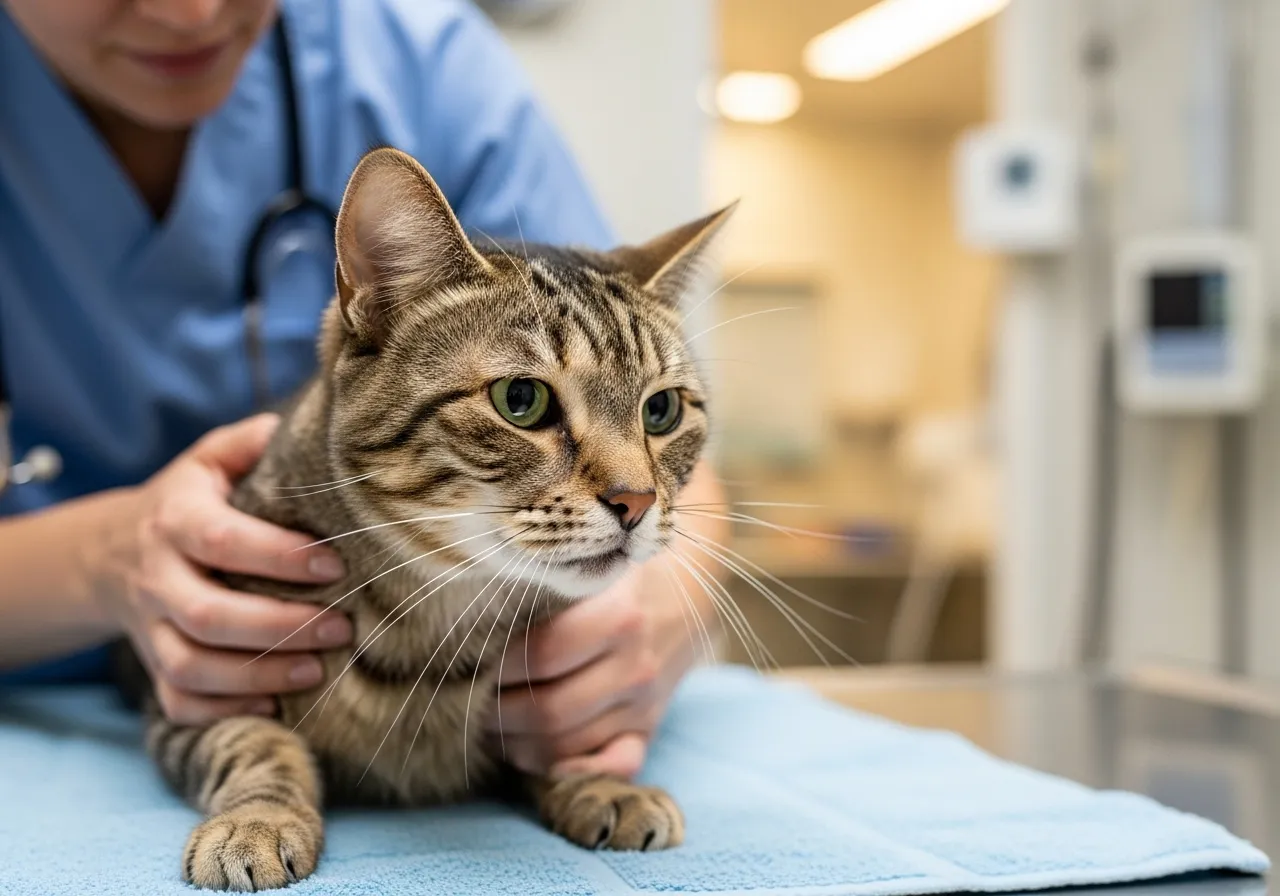
First, Understand Your Senior Dog’s “Grumps”
Before you even begin browsing adoption websites, it’s essential to understand the root of your dog’s so-called grumpiness. This label, often used with affection, can mask underlying issues that a new pet might exacerbate. True aggression is rare; what we often perceive as grumpiness is usually a dog’s way of communicating discomfort, pain, or anxiety. Taking the time to decode their behavior is the most compassionate first step you can take.
One of the most common culprits behind a change in a senior dog’s temperament is underlying pain. Chronic conditions like arthritis, dental disease, or hip dysplasia can make a dog less tolerant of being touched, bumped, or jostled. A playful puppy who nips or a boisterous young dog who plays rough could cause them significant pain, leading to a defensive snap or growl. What looks like aggression is simply their way of saying, “Ouch, that hurts! Please stop.”
A comprehensive check-up with your veterinarian is non-negotiable before you decide to bring another pet home. Discuss any changes in your dog’s behavior, mobility, or habits. Your vet can screen for common age-related ailments and suggest pain management options, from joint supplements to prescription medications, that could dramatically improve your dog’s quality of life and, consequently, their mood. General pet health information from resources like the American Veterinary Medical Association (AVMA) can help you prepare for this conversation.
Beyond physical health, consider sensory decline. Many senior dogs experience hearing or vision loss. A dog who can’t see well may be easily startled by a sudden approach, while a dog who is hard of hearing won’t hear a younger animal coming up from behind. These sensory changes can increase a dog’s anxiety and make them feel more vulnerable. Their world has become less predictable, and their “grumpy” reactions are often attempts to control their immediate environment and feel safe.
Finally, respect their routine. Your senior dog thrives on predictability. They know when it’s time for meals, walks, and naps. A new pet, particularly a high-energy puppy, represents a major disruption. Your old dog isn’t being difficult; they are simply reacting to the sudden chaos in their once-peaceful world. Their need for a quiet, safe space where they can retreat from the newcomer is paramount.














